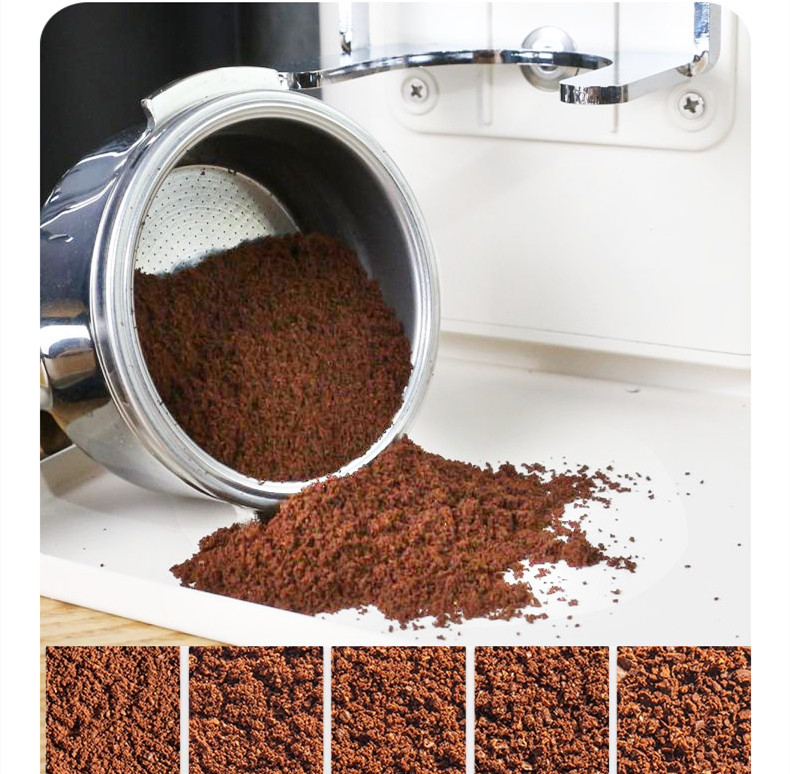In commercial roasting, the control of the caramelization reaction of coffee beans is crucial to the final flavor, aroma and color of coffee. The following are the specific control points
Temperature control: The caramelization reaction usually begins to occur significantly when the temperature reaches 170℃ to 200℃, which is exactly around the melting point of sucrose (185℃) and also the temperature during the first crack stage of coffee bean roasting. Fluctuations in temperature will directly affect the reaction rate and the properties of the final product. Excessively high temperatures may cause excessive caramelization, resulting in carbonization and giving the coffee a dry, bitter and choking taste. If the temperature is too low, it may lead to insufficient caramelization, making the aroma monotonous and lacking in layers. Therefore, during the baking process, it is necessary to precisely control the temperature to ensure that the caramelization reaction takes place within an appropriate temperature range.
Time management: The caramelization reaction requires a certain amount of time to complete, but if it takes too long, it may also lead to overreaction and produce an unpleasant flavor. Roasters need to set an appropriate roasting time based on the variety, origin and roasting requirements of the coffee beans, and closely monitor the changes in the color and aroma of the coffee beans during the roasting process, adjusting the time in a timely manner to ensure that the caramelization reaction achieves the best effect.
Sugar content and distribution: The sugar content and distribution in coffee beans also affect the caramelization reaction. The sugar content and distribution of different varieties of coffee beans may vary. Roasters need to understand the sugar characteristics of the coffee beans they roast in order to better control the caramelization reaction.
Synergy with other reactions: During the coffee roasting process, caramelization reactions and Maillard reactions often coexist and influence each other. The Maillard reaction begins when coffee beans change from green to yellow and continues until the end of roasting. It constantly produces melon-like substances, giving the finished coffee a rich taste and deep flavor. The moderately controlled caramelization reaction adds a fresh floral and fruity aroma to the coffee, thereby balancing the complexity and diversity of the overall flavor. Roasters need to take these two reactions into comprehensive consideration and adjust the roasting parameters to achieve the best synergy between them, thereby enhancing the richness and diversity of coffee.
Adjustment of the baking curve: The baking curve is a curve that describes the change in temperature over time during the baking process. Bakers can control the occurrence and development of caramelization reactions by adjusting the baking curve. For instance, at the initial stage of roasting, a lower temperature and a slower heating rate can be set to promote uniform heating of the coffee beans and initial dehydration. During the middle stage of baking, gradually increase the temperature and heating rate to accelerate the occurrence of caramelization reaction. In the later stage of baking, appropriately reduce the temperature and the rate of increase to avoid excessive caramelization.


